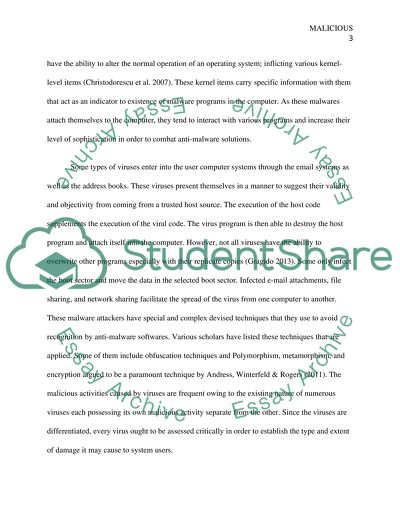Cite this document
(“Malicious softwares Essay Example | Topics and Well Written Essays - 2750 words”, n.d.)
Retrieved from https://studentshare.org/information-technology/1697116-malicious-softwares
Retrieved from https://studentshare.org/information-technology/1697116-malicious-softwares
(Malicious Softwares Essay Example | Topics and Well Written Essays - 2750 Words)
https://studentshare.org/information-technology/1697116-malicious-softwares.
https://studentshare.org/information-technology/1697116-malicious-softwares.
“Malicious Softwares Essay Example | Topics and Well Written Essays - 2750 Words”, n.d. https://studentshare.org/information-technology/1697116-malicious-softwares.


